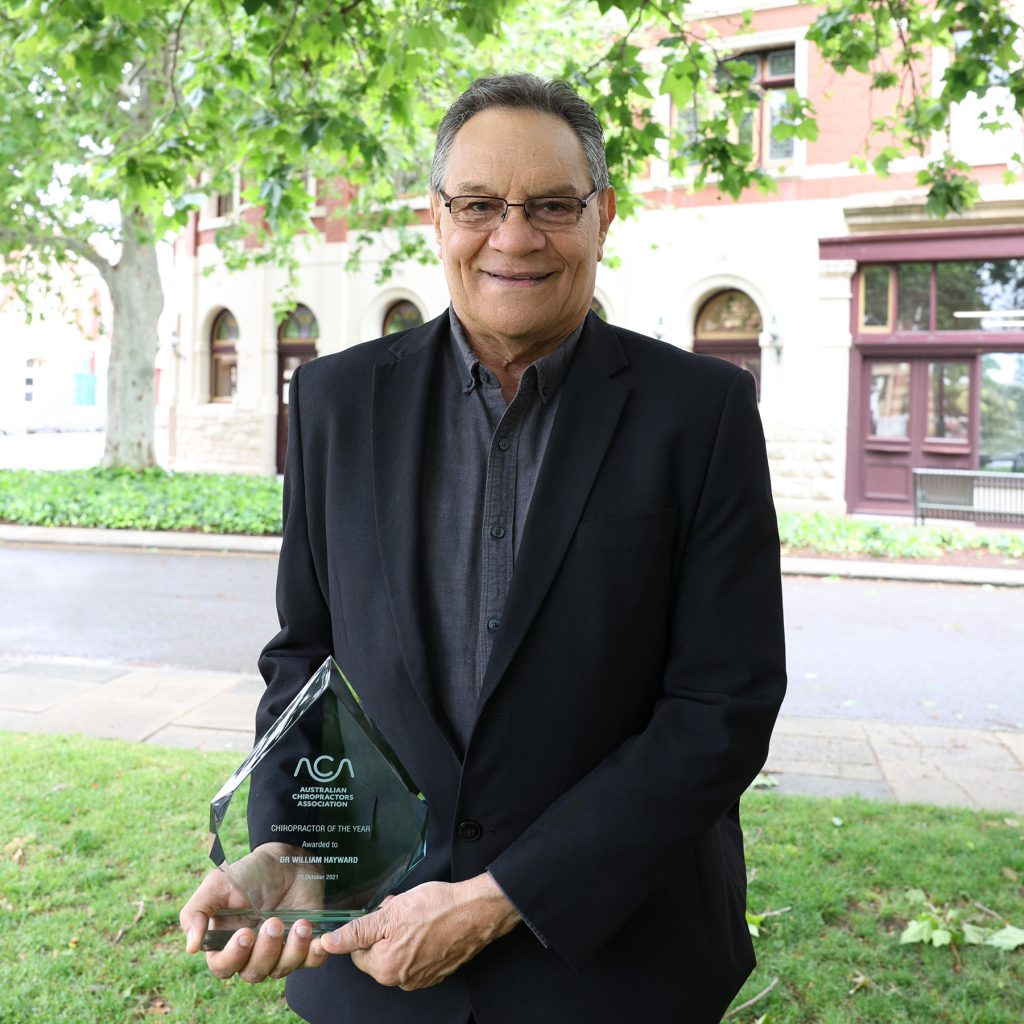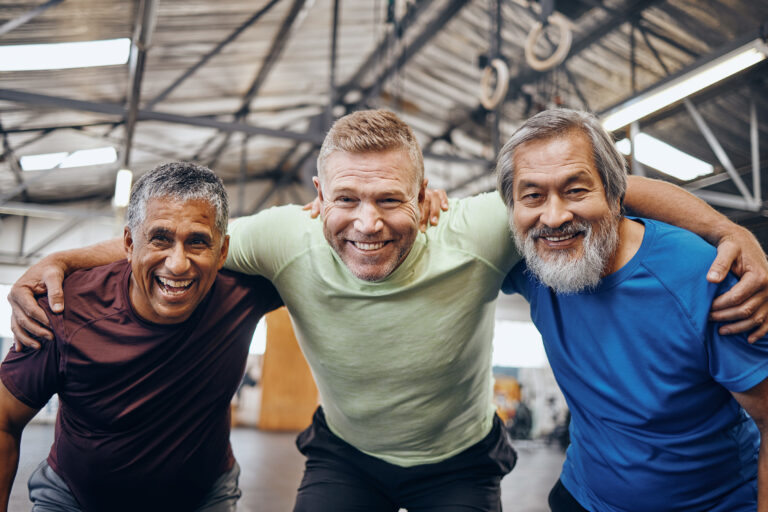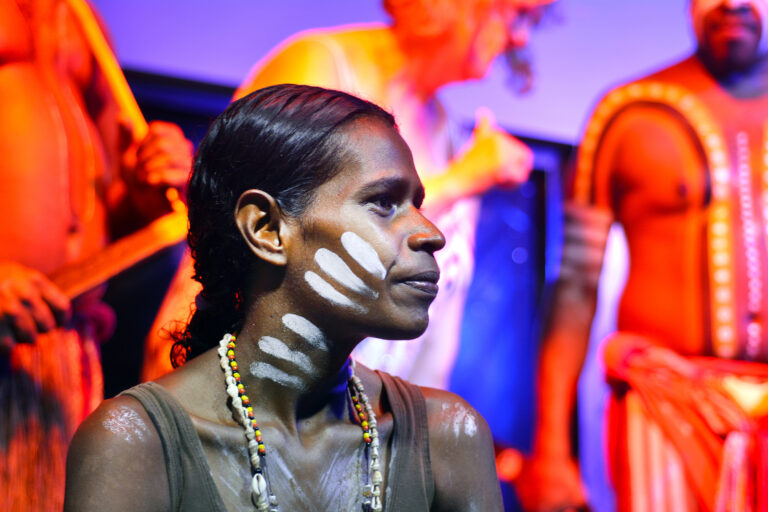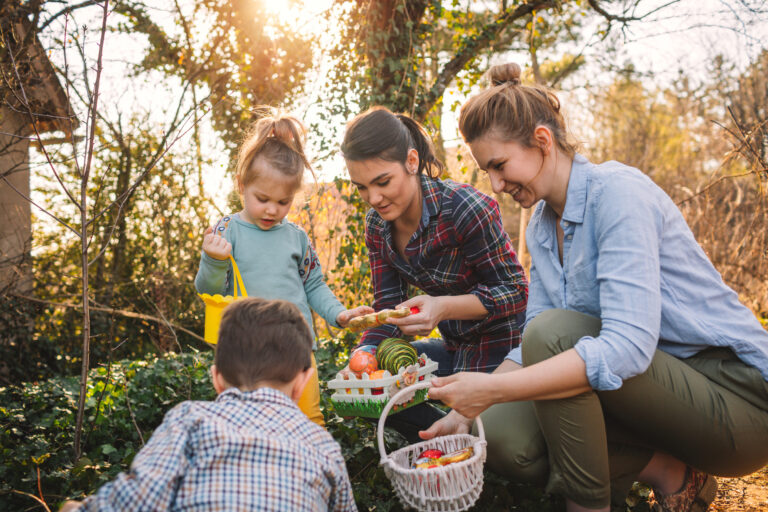Dr William (Bill) Hayward is the recipient of the prestigious John A Sweaney AM Chiropractor of the Year Award for 2021. Hailing from the small dusty town of Katanning in Western Australia, Bill is a proud Indigenous Australian, who can not only trace his Indigenous roots all the way back to 1826, but is the first known male Indigenous chiropractor from WA.
Dr Bill Hayward has not only advocated relentlessly for indigenous and remote communities in WA and beyond, but has also fought tirelessly for adequate health care for Indigenous communities and for those less fortunate.
Bill first received chiropractic treatment when he was just a teenager, after playing football with his siblings and friends. He loved the way his body responded to it, but never would have thought that decades later he too would become a chiropractor.
Following many jobs and many lives, Bill finally became a chiropractor at the age of 60. Bill says it may have taken him a while to get there, but the journey was worth its weight in gold. As Bill explains it, he was able to learn the ‘apprenticeship of life’ before learning the art of chiropractic.
Bill initially grew up in Katanning, a small, rugged town known for the growing of wheat. Then when Bill turned 14, the family moved to Collie; a tough coal mining town, where the men worked hard, but drank their beer even harder. Although Bill had a strong family upbringing, and a deep connection to his Indigenous roots, times were often tough. Growing up, Bill’s family was poor and often struggled to get food on the table. As a youngster, Bill and his friends would venture deep into the bush and chase kangaroos and rabbits for extra food when things were scarce. They didn’t have spare money, so they would often skin the catch for a bit of pocket money.
“A lot of people in those days didn’t have a lot, and we were the same, at times food was scarce, but it was a happy time, funnily enough… we did a lot of things that kids of today don’t do, like we would go ride our bikes out in the bush and go camp out in the bush…go rabbiting, catch rabbits and sell the skins…it was a godsend for us young people as it is how we got money… That’s how we got a few shillings for lollies and to go to the pool and that sort of stuff.”
Bill even remembers playing cowboys amongst the six foot crops, clawing his way through the mazes of dry wheat. He and his friends would also collect sap from manna gum trees, which he would then sell to the local hardware store, as they would then turn it into glue.
Times may have been tough, but Bill muses there was also a lot of discipline. His father was a champion athlete, a hard character, who preached guts and determination. But despite the hardships, Bill says they kept close to their Aboriginal roots within the community.
One way he and his brothers did this was through playing sports. In particular, football. Bill played a lot of football growing up, like his famous cousin, Graham ‘Polly’ Farmer – who went on to play professionally for Geelong.
Sport was very important to Indigenous kids like Bill and Graham – everyone played as a team, connecting as a community, each pass of the red ball.
Bill did become quite successful with sport, winning dozens of awards. He was eventually recruited to play with Swan Districts in WANFL, however this would soon prove bittersweet, as the Swans couldn’t secure Bill adequate work. So, at 25, Bill started working in the mines in and around Collie.
Starting from the bottom in general duties, Bill performed hard laboring work on pipes, controlling things like water seepage, before working his way up into drilling and blasting (working with explosives) and driving 200-ton trucks. Eventually, after studying at the Collie School of Mines, Bill attained his quarry manager’s certificate and became a shift manager.
But after some time, and several life changes, Bill transitioned the work he would do with his hands from mine drilling to massage therapy. A complete 180 that would see him join the 2000 Sydney Olympics Games, as a massage therapist.
Originally, he didn’t have high enough qualifications to get into the massage team. However, his ‘never give up attitude to life’ from his father kicked in and he asked the question “Is this Sydney’s Olympics or the Australian Olympics?” It was this attitude that got Bill through the doors and into a spot on the massage room floor. He even told one of the team organisers ‘Save my spot on the plane!’ and never took ‘no’ for an answer.
But behind one door, another door opens. In 2003, Bill decided that he was going to take the plunge and become a chiropractor. He signed up to Murdoch University in 2003 and graduated five years later, when he was just 60 years old “It was something that I found really rewarding, even though you’re a student and you don’t have any money and you’re on Centrelink and stuff like that…it was quite funny as a lot of people expected me to drop out with my age and with the difficulty of the education, but every time dad’s determination sung through”
Bill made quite an impact whilst he studied at Murdoch University – becoming the Chiropractic and Aboriginal representative on the universities Guild. It is because of Bill’s proposition to extend student participation into the Kimberley area, that the 4th and 5th year students now travel to regional Australia to volunteer and work in their outreach program as part of the curriculum. This is something that Bill was able to organise through his connections with parliamentarians Mick Murray (WA Minister for Sports and Recreation) and Rodger Cook (WA Health Minister). It was because of these two endorsements by the WA Government that granted the approval of these programs. Not only has the outreach program provided over a million dollars’ worth of health care services to rural and indigenous Australian communities, but it is also the first time chiropractors have been able to work in public healthcare facilities.
Within a year of finishing his tertiary studies, Bill would secure his first chiropractic job with Dr Stan Figgins in Willertton – becoming one of only a handful of Indigenous chiropractors in Australia. Little did Bill know that in five years time, he would then go on to run the business itself, buying it from Dr Figgins when he retired. Bill would then split his time between working in Dr Figgins’ clinic and the nearby aboriginal health service, called Derbarl Yerrigan. Bill explains that Derbarl Yerrigan, was almost like a mini hospital, providing Indigenous Australians primary health, dental and mental health care with doctors, dentists, nurses, counsellors and other health professionals walking the corridors.
Being involved in the Aboriginal health service has been incredibly important to Bill. Not only has it allowed him to give back to his Indigenous brothers and sisters, but it has also allowed him to connect to his patients on a deeper level, through a shared Aboriginality and Indigenous ethos. Bill has fought hard to close the gap for Indigenous Australians to receive health care, especially as they tend to fall through the cracks. He says that they often come in to see him feeling apprehensive about this western form of medicine, but would leave feeling much better.
“Generally, a lot of people in the community were amazed at how they would limp in, and you would adjust their back and they would leave after several sessions walking again…There’s a lot of aboriginal people that fall through the cracks because they don’t have the opportunity, they don’t have the mentoring, they have the intelligence, but it’s just intelligence of growing up in a different way, and I really hope that we get more aboriginal chiropractors in our family because they’re out there, they just need encouragement.”
Bill is also heavily involved in the Aboriginal and Torres Strait Islander Rural and Remote Practitioner Network (ARRPN), a dedicated Committee who have completed a lot of hard advocacy work, especially with the Reconciliation Action Plan. Bill recognises the challenges that face Indigenous Australians and importantly, the work that needs to be done in order to close this gap. Bill is the only Aboriginal person on the Committee, not only giving guidance and assistance where necessary but providing the cultural competency aspects the ACA needed when constructing its Reconciliation Action Plan.
Dr Joan Van Rotterdam, recipient of the Chiropractor of the Year Award in 2020 speaks fondly of Bill, “All our members are very valued, but Bill is unique in his outlook, he is incredibly passionate about working with his own people and we’re incredibly lucky to have him on the ARRPN Committee. He has done a huge amount to set up student participation in the Kimberley area…he really is delightful, he is fantastic!”
Bill initially found out that he won Chiropractor of the Year when he was in a car with a friend driving home from lunch. He says he was shocked when he was first told, as it was never on his radar that he would ever be good enough for such an award– comparing it to winning the lotto. It was an unexpected moment Bill muses, but one that he is very proud of!
When it comes to getting Bill’s biggest achievements out of him, it is no easy task. ‘Passing my exams at university!’ is Bill’s first response. However, when talking about success, Bill becomes quite the savant. It’s funny how you measure success he says in Chiropractor circles. If someone has a heap of patients and makes a lot of money, they consider that to be ‘successful’. But Bill begs to differ “I don’t measure it that way, I look at the overall amount of success that you’ve had with a patient – money doesn’t make any difference… we get lost in the monetary value of things when we should be looking at it more from a health point of view”
What is on the horizon for Dr Bill Hayward? Hopefully embarking on some voluntary work down southwest with SWARM (Southwest Australian Medical Services)! Bill says he would love to volunteer for one of their outreach centres, treating Aboriginal people who come in from rural areas as far as 200 or 300 kilometres away. As Bill says, voluntary work in Indigenous health is key to its survival “The onus is on all of us to improve the general population’s idea of chiropractic and the way to do that is through more community work and more voluntary work and things of that nature”
His advice to students? Don’t let anything hold you back, even your age! Learn as much as you possibly can and as many methods as possible. Don’t get caught up in the monetary aspect of practising, it’s about how and where you can do the most good.
Congratulations to Dr Bill Hayward on being awarded Chiropractor of the Year.



